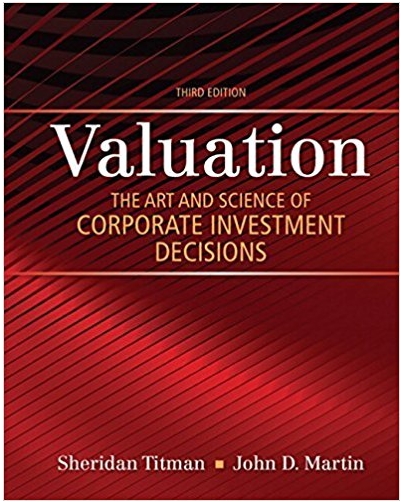In 2014, worldwide capacity of wind-powered generators was growing. Wind power still constitutes a small fraction of
Question:
The project calls for an investment of $ 100 million, and Plains has arranged for an $ 80 million project loan that has no recourse to Plains’s other assets. The loan carries a 7% rate of interest, which reflects current market conditions for loans of this type. Plains will invest $ 10 million in the project, and the remainder will be provided by two local power companies that are part of the consortium that will purchase the electrical power the project produces.
a. What is the project-specific WACC, calculated using the book values of debt and equity as a proportion of the $ 100 million cost of the project? Given this estimate of the WACC, what is the value of the project?
b. Reevaluate the project-specific WACC using your estimate of the value of the project from part a above as the basis for your weights. Use this WACC to re estimate the value of the project, and then recalculate the weights for the project finance WACC using this revised estimate of WACC. Repeat this process until the value of the project converges to a stable value. What is the project’s value? What is the project finance WACC?
c. Reevaluate the project-specific WACC and project value where the contract calls for a 2.5% rate of increase in the project free cash flow beginning in the second year of the project’s life. Free Cash Flow
Free cash flow (FCF) represents the cash a company generates after accounting for cash outflows to support operations and maintain its capital assets. Unlike earnings or net income, free cash flow is a measure of profitability that excludes the...
Fantastic news! We've Found the answer you've been seeking!
Step by Step Answer:
Related Book For 

Valuation The Art and Science of Corporate Investment Decisions
ISBN: 978-0133479522
3rd edition
Authors: Sheridan Titman, John D. Martin
Question Posted:





